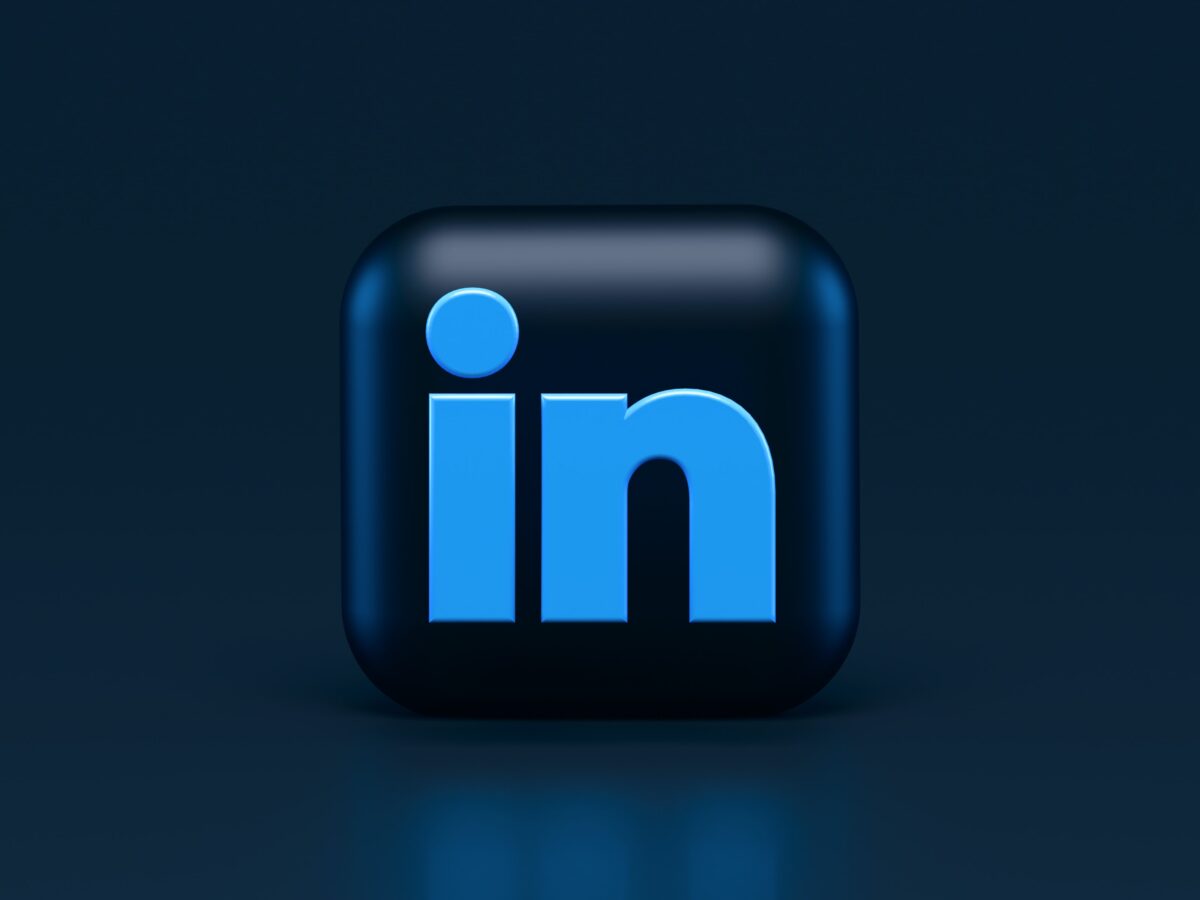Introduction Email marketing is a powerful way for franchises to connect with customers and build loyalty. However, maintaining a consistent and personalized approach across different locations can be challenging. This is where AI steps in—helping franchises automate, scale, and enhance their email marketing efforts to … Continue reading “How franchises can use AI in email marketing”
What are the best ways to gain leads from content marketing?
Content marketing has great potential to attract leads. However, it should be done the right way to bring in the maximum extract. Companies and businesses can prove themselves to be industry leaders if they follow the right content practices. For instance, educational and valuable content … Continue reading “What are the best ways to gain leads from content marketing?”
11 fitness content ideas you can use today
If you’re responsible for marketing a fitness brand in any way, it might be challenging at times to think of creative fitness content that not only tells your brand story but also attracts and retains clients. The goal is to produce high-quality fitness content that’s … Continue reading “11 fitness content ideas you can use today”
7 tips to level up your franchise content marketing
You likely know by now that content is king. And that’s true for your franchise business as well. But when it comes to franchise content marketing, it’s almost too easy to find yourself spinning your wheels. Creating content to simply create content, without a direction, … Continue reading “7 tips to level up your franchise content marketing”
13 tips to repurpose content like a rockstar franchise marketer
We can all agree that “content is king,” but not all of us have the time to constantly create increasingly more content. Especially franchise owners. This is where repurposing your existing franchise content can come into play. What is repurposing content? Repurposed content involves adding … Continue reading “13 tips to repurpose content like a rockstar franchise marketer”
Recession: 3 ways to tweak your marketing message in a poor economy
Considering that the economy moves in cycles, a recession is likely to hit your business at some point. You have to consider how to tweak your marketing message when you find yourself in a difficult economy. Notice that we’re talking about adjusting your messaging and … Continue reading “Recession: 3 ways to tweak your marketing message in a poor economy”
What is Evergreen Content?
Evergreen content is a type of website content you create for your digital marketing that remains interesting and relevant over time. People will be interested in this type of content for many years to come. This helps you take advantage of content and use it … Continue reading “What is Evergreen Content?”
8+ content marketing metrics you should track
Content marketing plays a key role in many digital marketing strategies, but what metrics should you be following to ensure that what you’re doing is working? Content marketing is essentially described as the creation and publication of content in order to build an audience and … Continue reading “8+ content marketing metrics you should track”
11 ideas to inspire your holiday marketing strategy
The holiday season is a great opportunity to get creative so that your brand can stand out among the countless images of seasonal fun. But since the holidays come back around every year, you might be struggling to break out of a holiday marketing rut. … Continue reading “11 ideas to inspire your holiday marketing strategy”
17 LinkedIn content ideas that you can post
If reaching professionals is a goal of your digital marketing efforts, offering diverse content on LinkedIn is a crucial tactic to explore. LinkedIn now has more than 830 million users in more than 200 countries and territories, calling itself “the world’s largest professional network.” But … Continue reading “17 LinkedIn content ideas that you can post”
10 tips for creating engaging content
While anyone can create content, the key is creating engaging content that helps your brand achieve your goals on social media and beyond. Engaging content is all about getting results, such as: Click-throughs to your website Overall increase in website traffic Social media mentions, likes, … Continue reading “10 tips for creating engaging content”
10 tips to encourage more user-generated content
User-generated content should be part of your overall digital marketing strategy. Why? About 85 percent of consumers think that visual user-generated content (UGC) is more persuasive than branded photos or videos. UGC is unpaid or unsponsored social media posts that consumers share about a product … Continue reading “10 tips to encourage more user-generated content”
Premium content: What it is and how you can leverage it in your marketing
If content is king, then what would premium content be? Content marketing itself is increasingly important for businesses to embrace in a digital world. Think of your website (or even your social media accounts) as a planet. Your content being the gravitational pull that generates … Continue reading “Premium content: What it is and how you can leverage it in your marketing”
8 tips to create an effective content calendar
Content marketing has many moving parts. From what to write to where to post, how to post and what else can be brought back (and when), you then have to ensure that everything you’re doing is engaging and relevant. Organization is critical. A content calendar … Continue reading “8 tips to create an effective content calendar”
7 tips to level up your content marketing
You likely know by now that content is king. But when it comes to content marketing, it’s almost too easy to find yourself spinning your wheels. Creating content to simply create content, without a direction, plan or strategy can end up being a waste of … Continue reading “7 tips to level up your content marketing”
13 tips to repurpose content like a rockstar marketer
We can all agree that “content is king,” but not all of us have the time to constantly create increasingly more content. This is where repurposing your existing content can come into play. Repurposed content involves adding to or heavily revising your existing content to … Continue reading “13 tips to repurpose content like a rockstar marketer”
Curated content: 4 tips on finding what to share on social media
Curated content is like the “get out of jail free” card that helps you grow and engage your social media audience. Unlike the constant hamster wheel of creating organic content, curated content saves you time while also positioning you as an expert and serving your … Continue reading “Curated content: 4 tips on finding what to share on social media”
Curated content: 5 reasons why social media shouldn’t be all about you
It’s easy to assume that any social media presence you build for your brand has to be all about you: your company, your product, your voice. This just isn’t true. Curated content plays a huge role in many brands’ social media strategy. What is curated … Continue reading “Curated content: 5 reasons why social media shouldn’t be all about you”


















